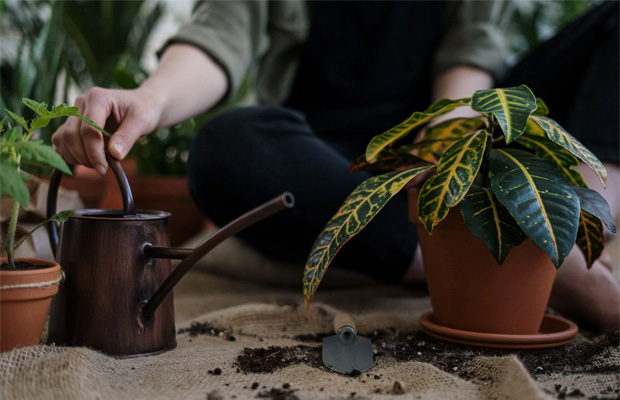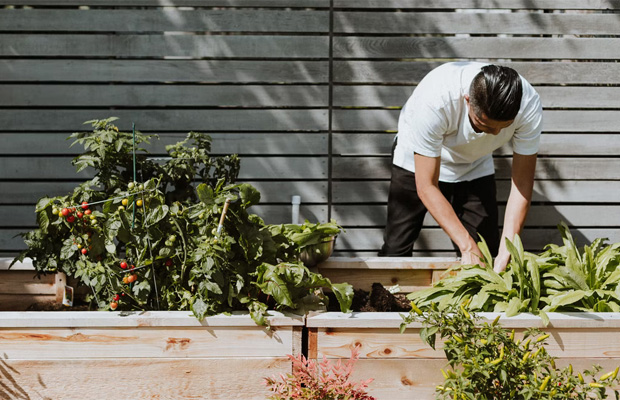How to Grow More In Your Garden

How to Grow More In Your Garden
Are you wondering how to make the most of your garden space and start growing more? The good news is that there are options available if you want to start growing more.
With careful planning, healthy soil, and defending your plants from pests, weeds, and weather, you can start to grow more.
Below are some great tips on boosting your garden productivity and starting to grow more than ever before.
- Use a Heated Propagator
A heated propagator is a cost-effective solution for gardeners who want to germinate their seeds much more effectively and efficiently. The best heated propagator for you will be one that is both large enough and effective enough to help your crops grow healthily.
Seeds germinated using an electric heated propagator usually grow into much healthier plants and are much more likely to survive. This is because they have a much more consistent and comfortable start to their life than seeds that are left to germinate naturally.

- Nourish The Soil
Nourished, nutrient-rich soils help to encourage growth and form strong plants. You can easily nourish your soil with organic matter such as manure, compost, or leaf mould. You can make compost and leaf mould very easily at no cost. With this in mind, be sure to use composting as much as you can.
The best time to add organic matter to your soil is in the winter months. This gives it enough time to become fully incorporated into the ground before the springtime. Continue to top up with organic matter throughout the growing season.
- Feed The Plants
Many plants can highly benefit from an additional boost of organic fertilisers such as liquid seaweed concentrate.
Alternatively, you may want to grow a small patch of comfrey. This would be ideally situated next to your compost bin. From there, you can create your own comfrey tea. This potent brew is perfect for hungry growing plants such as tomato plants.
You can also drape cut some comfrey leaves around the plants or add them to your compost heap. Here, they can help to speed up decomposition.

- Grow in Dedicated Beds
It’s a good idea to convert your garden to a system of permanent beds for certain types of plants. This helps to minimise the wasted space and allows you to concentrate your resources.
Garden beds may be accessible from all sides, and the plants can be grown in blocks. This helps to maximise productivity.
This also allows you to add organic matter directly to the garden beds, meaning none of the organic matter is wasted on paths or other areas of unproductive ground.
- Choose Plants That Will Thrive
This may seem obvious, but you want to choose plants that will thrive in your particular soil and climate. This will result in much stronger and larger harvests.
For example, in warmer climates, sweet potatoes and tomatoes will thrive. In colder areas, cabbages and chard are more likely to thrive. Do some research and determine which types of crops are most likely to thrive in your area.

- Grow More Plants in the Shade
If you want to grow more vegetables or plants, the best thing you can do is make the most out of every space that you have available. This includes the shaded areas of your garden.
Shaded areas are perfect for leafy vegetables such as Asian green and lettuce. They are also great for slow growers like parsnips, leeks and hardy fruits like gooseberries and blackcurrants.
- Collect More Rainwater
Rainwater is great for when you need to water your vegetables. This is because rainwater is softer, has a better PH level for plants, and contains fewer contaminants. This helps to encourage better growth for all of your plants.
Consider installing some water barrels in your garden for collecting rainwater. Try to collect as much rainwater as you can to have enough to water all of your plants as needed. You may also want to make use of a connector kit to join multiple water barrels together.

- Preventative Pest Control
For the healthiest plants and the best results, it’s always recommended to take a preventative approach to stop any pests from attacking your plants. For example, you can place barriers over your susceptible plants to help protect them from flying insects.
Alternatively, you may want to reduce any nuisance slug populations by removing any potential hiding places such as long grass around the growing areas or upturned pots. You will then want to head out every few weeks during the nighttime when the slugs are feeding and remove them manually.
It’s a good idea to also make room for some flowers in your vegetable garden. Certain flowers such as calendula, alyssum, or poached eggplant are great options. These flowers don’t take up a lot of space, and they help to improve productivity by attracting certain predators such as ladybirds and hoverflies. These predators control some pests such as mites, aphids, and mealybugs.
Guest Article.





